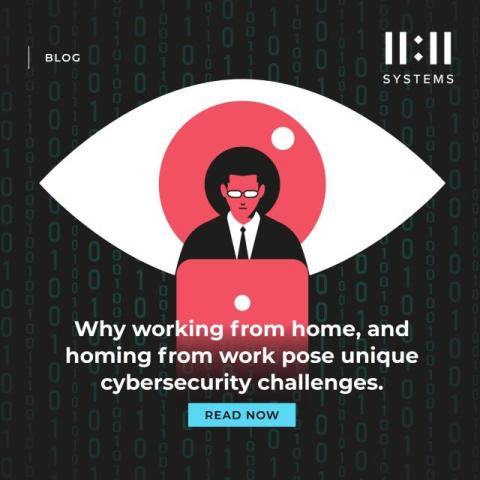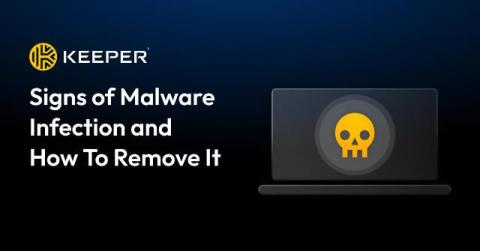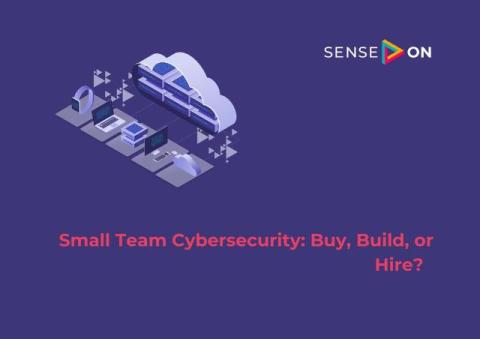Using AWS Secrets Manager and Lambda Function to Store, Rotate and Secure Keys
When working with Amazon Web Services (AWS), we often find that various AWS services need to store and manage secrets. AWS Secrets Manager is the go-to solution for this. It's a centralized service designed to help manage sensitive information securely, significantly reduce the risk of credential compromise, and facilitate your credential management process. However, there's more to it than just storing secrets.











